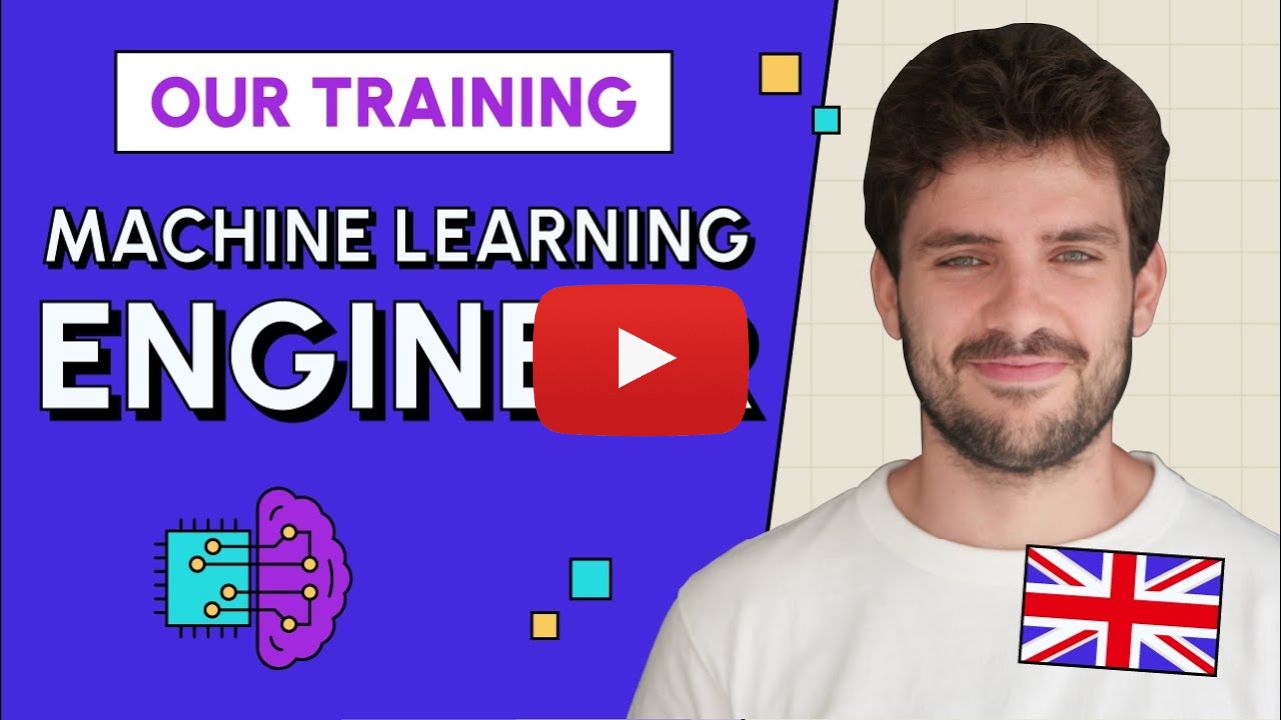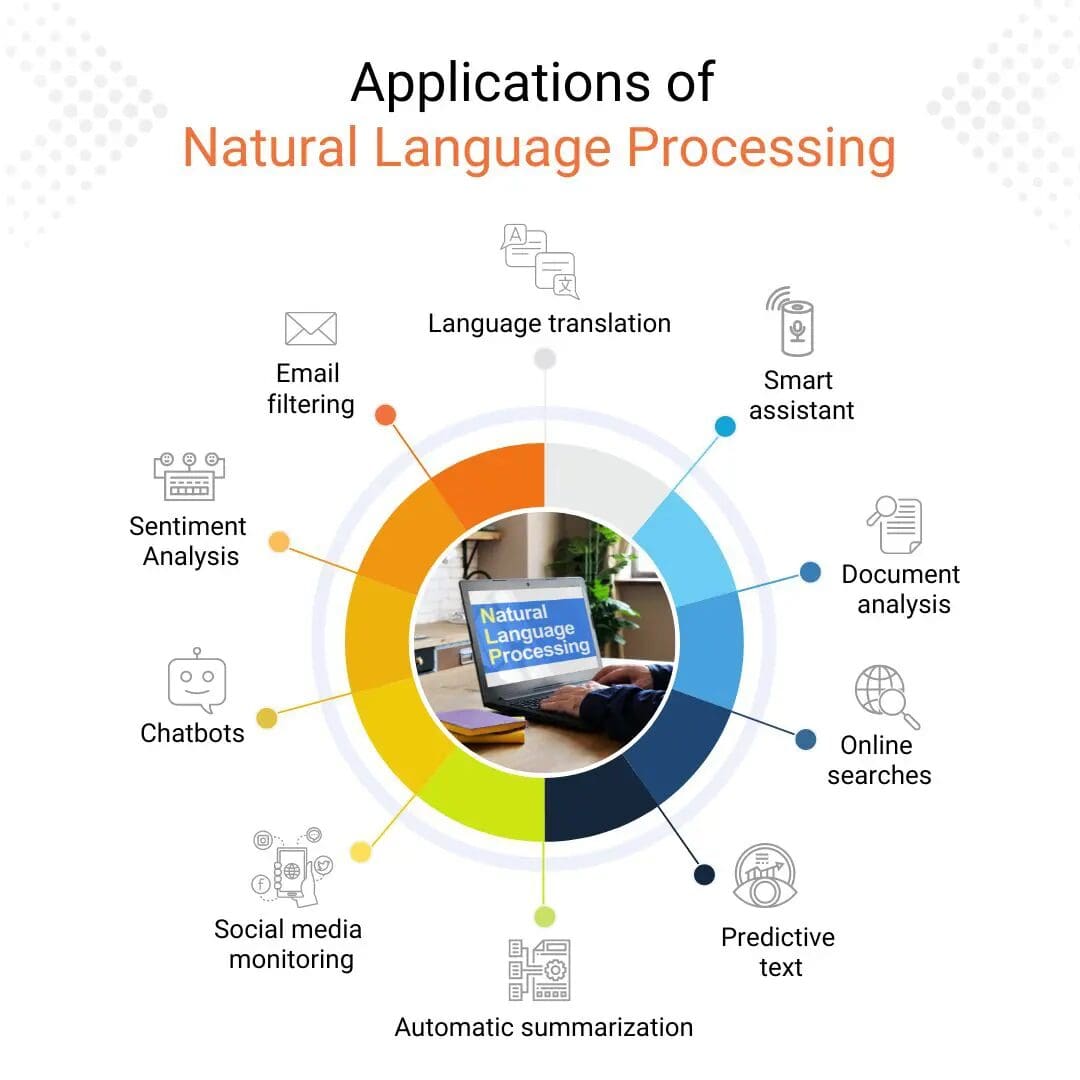All Categories
Featured
Table of Contents
- – The Definitive Guide to Embarking On A Self-ta...
- – The Greatest Guide To Llms And Machine Learnin...
- – The Basic Principles Of I Want To Become A Ma...
- – The Best Guide To Machine Learning Engineers:...
- – Everything about Machine Learning/ai Engineer
- – 10 Easy Facts About I Want To Become A Machi...
You most likely understand Santiago from his Twitter. On Twitter, each day, he shares a great deal of functional points concerning equipment knowing. Many thanks, Santiago, for joining us today. Welcome. (2:39) Santiago: Thank you for welcoming me. (3:16) Alexey: Before we go right into our primary subject of moving from software application design to artificial intelligence, maybe we can begin with your history.
I began as a software application programmer. I went to university, obtained a computer technology level, and I began building software program. I assume it was 2015 when I chose to go for a Master's in computer technology. Back after that, I had no idea concerning artificial intelligence. I really did not have any type of passion in it.
I know you've been utilizing the term "transitioning from software design to device understanding". I such as the term "including in my capability the equipment learning skills" a lot more due to the fact that I think if you're a software engineer, you are already giving a whole lot of worth. By including artificial intelligence now, you're boosting the effect that you can have on the market.
That's what I would do. Alexey: This returns to among your tweets or possibly it was from your course when you compare two approaches to understanding. One approach is the issue based approach, which you just discussed. You find an issue. In this case, it was some problem from Kaggle regarding this Titanic dataset, and you just discover exactly how to address this trouble utilizing a details device, like choice trees from SciKit Learn.
The Definitive Guide to Embarking On A Self-taught Machine Learning Journey
You initially find out math, or linear algebra, calculus. After that when you recognize the math, you go to artificial intelligence theory and you learn the concept. After that 4 years later on, you ultimately concern applications, "Okay, how do I use all these four years of mathematics to fix this Titanic trouble?" Right? In the previous, you kind of conserve on your own some time, I believe.
If I have an electrical outlet here that I require replacing, I do not wish to most likely to college, invest 4 years recognizing the math behind electricity and the physics and all of that, simply to alter an electrical outlet. I would instead begin with the electrical outlet and locate a YouTube video clip that aids me experience the trouble.
Santiago: I actually like the idea of beginning with a problem, attempting to throw out what I know up to that issue and understand why it doesn't function. Order the devices that I need to fix that trouble and start digging much deeper and deeper and deeper from that point on.
Alexey: Perhaps we can speak a bit concerning learning sources. You stated in Kaggle there is an intro tutorial, where you can obtain and find out how to make decision trees.
The only demand for that training course is that you understand a little bit of Python. If you go to my profile, the tweet that's going to be on the top, the one that states "pinned tweet".
The Greatest Guide To Llms And Machine Learning For Software Engineers

Also if you're not a programmer, you can start with Python and function your method to more artificial intelligence. This roadmap is concentrated on Coursera, which is a platform that I truly, actually like. You can examine every one of the training courses totally free or you can pay for the Coursera membership to get certifications if you wish to.
Alexey: This comes back to one of your tweets or perhaps it was from your course when you compare 2 techniques to discovering. In this situation, it was some problem from Kaggle concerning this Titanic dataset, and you just learn just how to resolve this problem utilizing a specific tool, like choice trees from SciKit Learn.

You initially find out math, or direct algebra, calculus. When you recognize the math, you go to equipment learning theory and you discover the theory.
If I have an electric outlet right here that I require replacing, I don't desire to go to college, spend 4 years recognizing the math behind electrical energy and the physics and all of that, just to transform an outlet. I prefer to begin with the electrical outlet and discover a YouTube video clip that aids me experience the problem.
Negative example. But you get the concept, right? (27:22) Santiago: I actually like the idea of beginning with a trouble, trying to throw out what I understand up to that issue and comprehend why it does not work. Get the tools that I require to address that problem and start excavating deeper and deeper and deeper from that point on.
Alexey: Possibly we can speak a little bit about learning resources. You discussed in Kaggle there is an intro tutorial, where you can get and find out how to make decision trees.
The Basic Principles Of I Want To Become A Machine Learning Engineer With 0 ...
The only demand for that program is that you understand a little bit of Python. If you go to my profile, the tweet that's going to be on the top, the one that states "pinned tweet".
Also if you're not a designer, you can start with Python and function your method to more device learning. This roadmap is concentrated on Coursera, which is a system that I truly, really like. You can investigate every one of the programs free of cost or you can spend for the Coursera registration to get certificates if you wish to.
The Best Guide To Machine Learning Engineers:requirements - Vault
Alexey: This comes back to one of your tweets or possibly it was from your training course when you contrast 2 methods to knowing. In this case, it was some issue from Kaggle concerning this Titanic dataset, and you just learn how to address this issue using a particular device, like choice trees from SciKit Learn.

You initially learn math, or direct algebra, calculus. When you understand the mathematics, you go to maker discovering concept and you learn the theory.
If I have an electric outlet here that I need changing, I do not intend to go to university, invest 4 years understanding the math behind power and the physics and all of that, simply to alter an electrical outlet. I prefer to begin with the electrical outlet and locate a YouTube video clip that assists me go via the trouble.
Santiago: I truly like the idea of starting with a problem, trying to throw out what I understand up to that trouble and comprehend why it does not function. Get the tools that I need to solve that problem and start digging much deeper and much deeper and much deeper from that point on.
Alexey: Maybe we can speak a bit regarding discovering resources. You mentioned in Kaggle there is an introduction tutorial, where you can obtain and learn just how to make choice trees.
Everything about Machine Learning/ai Engineer
The only need for that program is that you recognize a little bit of Python. If you go to my profile, the tweet that's going to be on the top, the one that states "pinned tweet".
Even if you're not a designer, you can start with Python and function your means to more machine understanding. This roadmap is concentrated on Coursera, which is a platform that I truly, truly like. You can examine every one of the training courses absolutely free or you can pay for the Coursera registration to obtain certificates if you intend to.
That's what I would certainly do. Alexey: This returns to among your tweets or maybe it was from your training course when you contrast two methods to knowing. One approach is the trouble based technique, which you just spoke about. You discover an issue. In this case, it was some trouble from Kaggle concerning this Titanic dataset, and you simply learn exactly how to fix this issue utilizing a details tool, like decision trees from SciKit Learn.
You initially learn math, or direct algebra, calculus. After that when you understand the mathematics, you go to artificial intelligence theory and you find out the theory. 4 years later, you finally come to applications, "Okay, exactly how do I make use of all these four years of mathematics to resolve this Titanic problem?" ? In the former, you kind of conserve yourself some time, I think.
10 Easy Facts About I Want To Become A Machine Learning Engineer With 0 ... Shown
If I have an electric outlet here that I require changing, I don't wish to most likely to college, invest four years comprehending the mathematics behind power and the physics and all of that, just to alter an outlet. I prefer to start with the outlet and discover a YouTube video that helps me experience the issue.
Santiago: I really like the idea of beginning with an issue, trying to toss out what I know up to that trouble and comprehend why it does not function. Get hold of the devices that I require to fix that issue and start excavating much deeper and much deeper and much deeper from that point on.

Alexey: Possibly we can speak a bit concerning learning resources. You stated in Kaggle there is an introduction tutorial, where you can obtain and learn just how to make decision trees.
The only need for that training course is that you recognize a little of Python. If you're a programmer, that's a wonderful beginning factor. (38:48) Santiago: If you're not a designer, then I do have a pin on my Twitter account. If you most likely to my account, the tweet that's mosting likely to get on the top, the one that states "pinned tweet".
Even if you're not a developer, you can begin with Python and work your means to even more machine discovering. This roadmap is concentrated on Coursera, which is a platform that I truly, really like. You can examine every one of the programs free of cost or you can spend for the Coursera subscription to get certificates if you intend to.
Table of Contents
- – The Definitive Guide to Embarking On A Self-ta...
- – The Greatest Guide To Llms And Machine Learnin...
- – The Basic Principles Of I Want To Become A Ma...
- – The Best Guide To Machine Learning Engineers:...
- – Everything about Machine Learning/ai Engineer
- – 10 Easy Facts About I Want To Become A Machi...
Latest Posts
How To Master Whiteboard Coding Interviews
How To Use Openai & Chatgpt To Practice Coding Interviews
Where To Find Free Mock Technical Interviews Online
More
Latest Posts
How To Master Whiteboard Coding Interviews
How To Use Openai & Chatgpt To Practice Coding Interviews
Where To Find Free Mock Technical Interviews Online